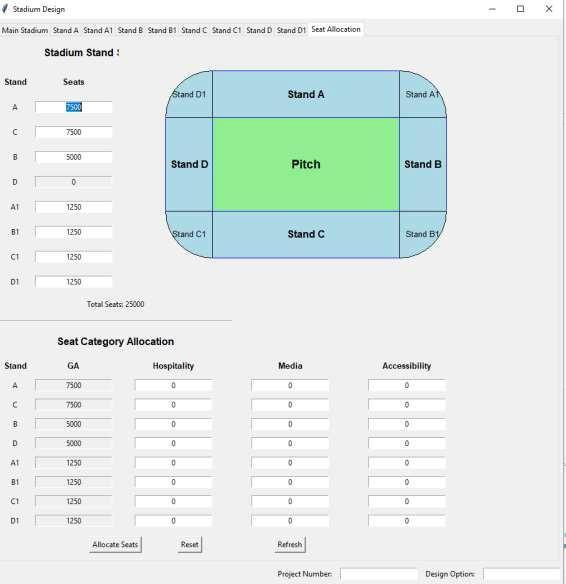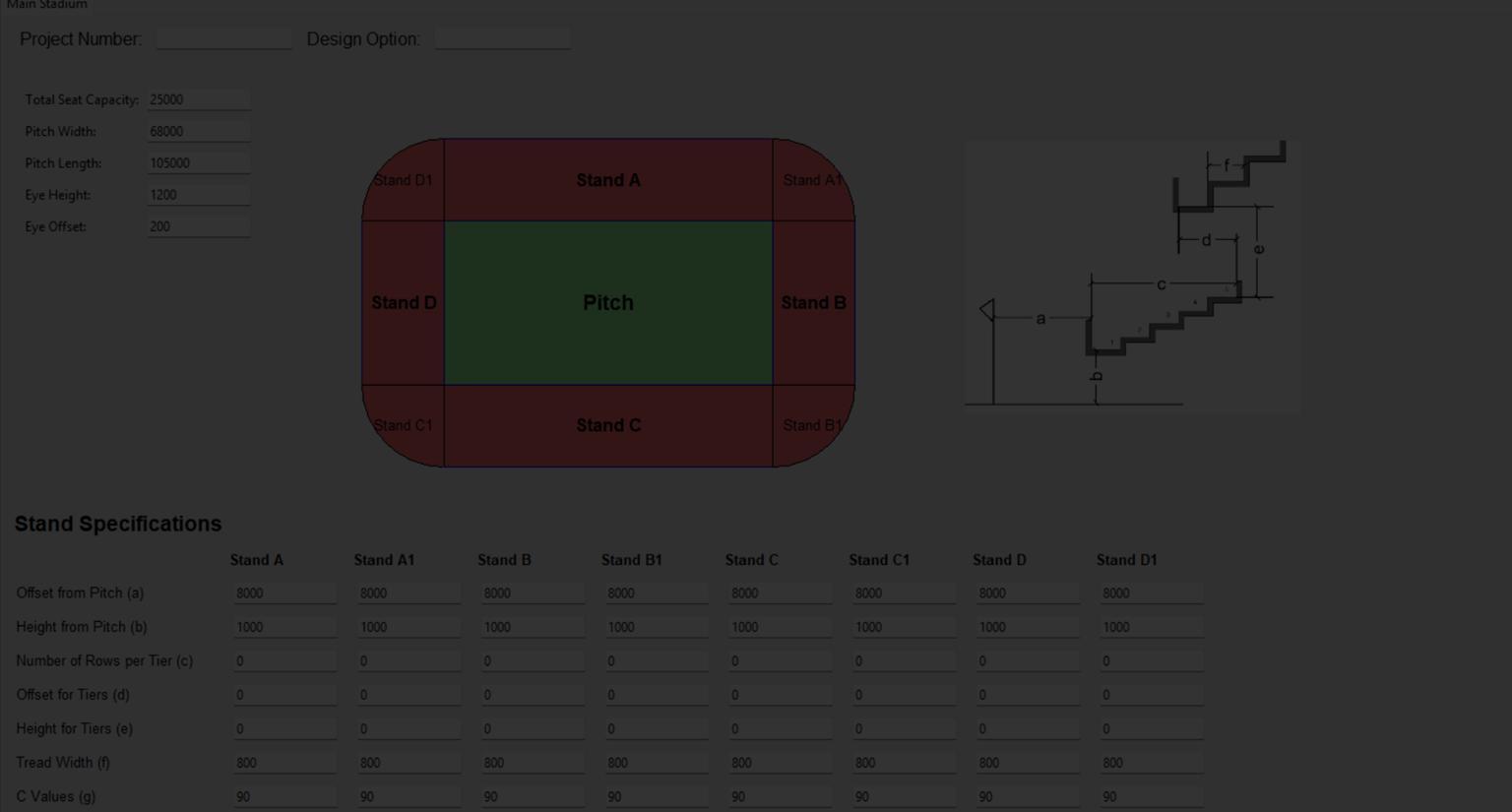

Automation in Stadium Design
Enhancing Architectural Design with Automated Stadium Solutions
Scope of the Automation Initiative
• Introduce cutting-edge automation via Dynamo scripting to streamline and elevate stadium design workflows.
• Enable us to dynamically generate customizable stadium designs with control over critical parameters.
Scope of Development
• Dynamo Script Development:
• Parametric Bowl Generator for any type of stadium:
• Fully configurable geometry creation with adaptable seating arrangements.
• Automated design outputs aligned with project-specific requirements.
• Key User-Adjustable Parameters:
• Total Seat Capacity
• Offset from Pitch
• Height from Pitch
• Row Width Variability
• C Value
• Multi-tiered configurations, including overhangs and clearance heights.
Designed for Flexibility
• Scalable Tier Management:
• Create any number of tiers across stands.
• Modify tier locations, overhangs, and height clearances to suit project functionality.
• Advanced Row Width Adjustments:
• Dynamic row width auto-adjustment to suit riser heights between 380 mm and 540 mm.
• Ensures seamless accommodationof depth variations across seating layouts.
• Powerful Parameter Control:
• A robust database-backed system for efficient input tracking.
• Easy-to-use, user-friendly interface designed for fast updates.
• Precision in Design:
• Automatically adjusts geometry based on inputs.
• Create fully editable Revit family for further detailing in revit
• Seat Analysis:
• Seat Heatmap for C values
• Seat analysis map for Seat kills.
Key Competitive Differentiators
• Speed: Outpace traditional methods with a fully automated, data-driven approach.
• Customization: Tailor designs to exact project preferences with granular parameter control.
• Precision: Guarantee optimal sightlines and compliance across diverse configurations.
• Versatility: A platform capable of adapting to various stadium sizes for various sports, football cricket.
Design Flow UI
Database
Dynano Script
User Interference/ written in Python
SQL3/ written in Python
Data analysis/ visual presentation
Geometry and connect to Revit/ Research and further development
Collaboration and further development in detailing
User Interference (UI)
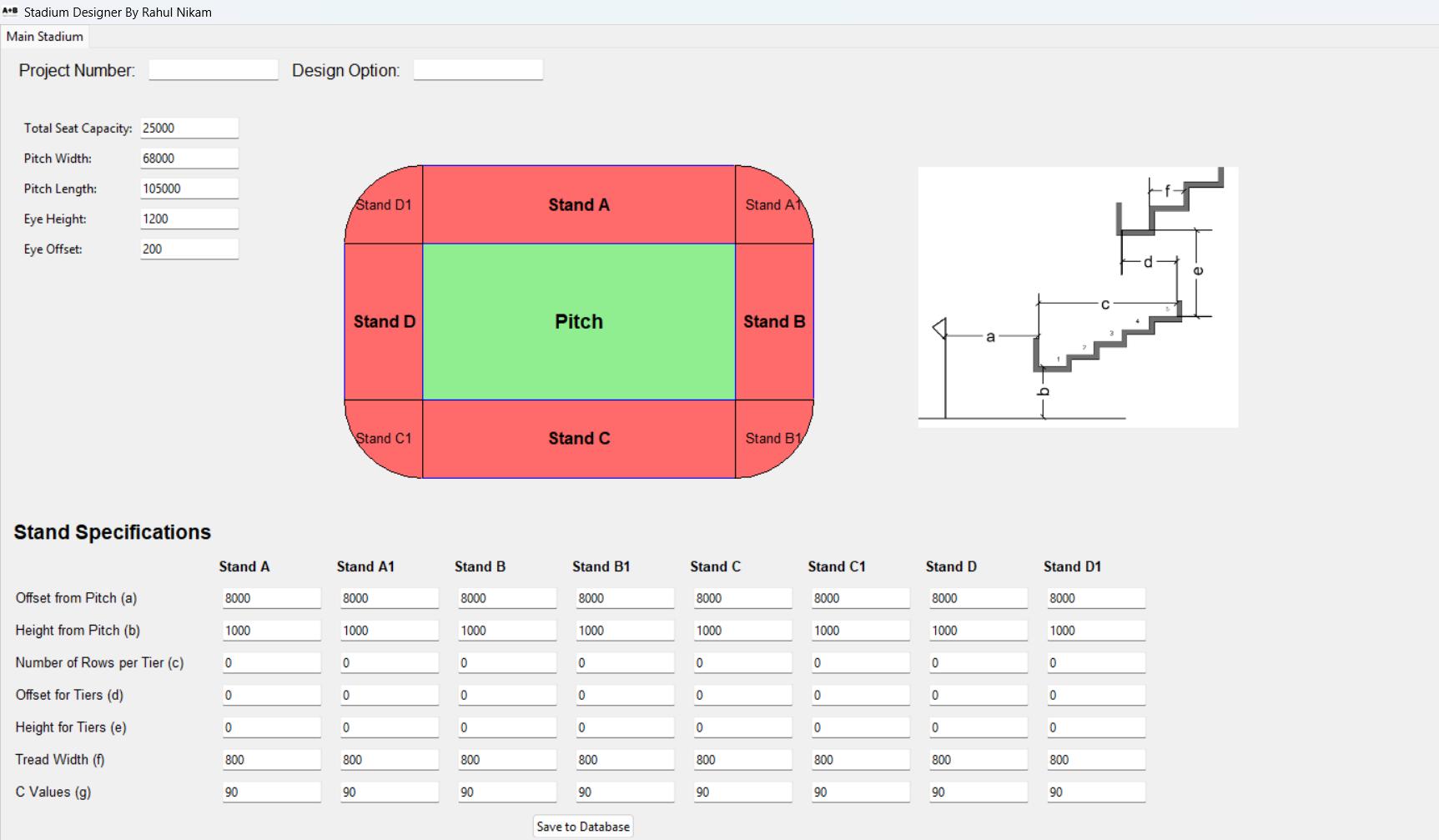
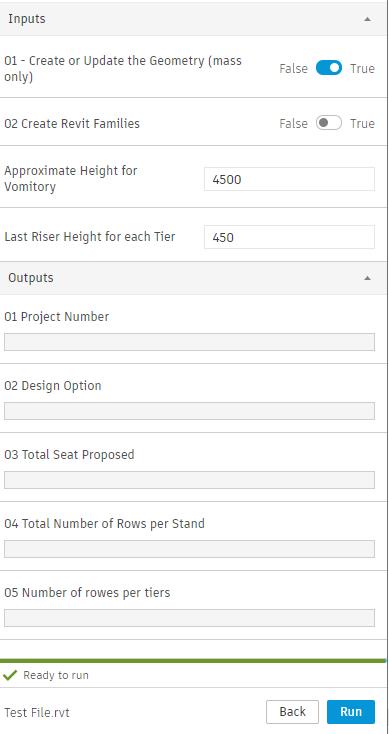
Database
You can read the Database on any online DB viewer.
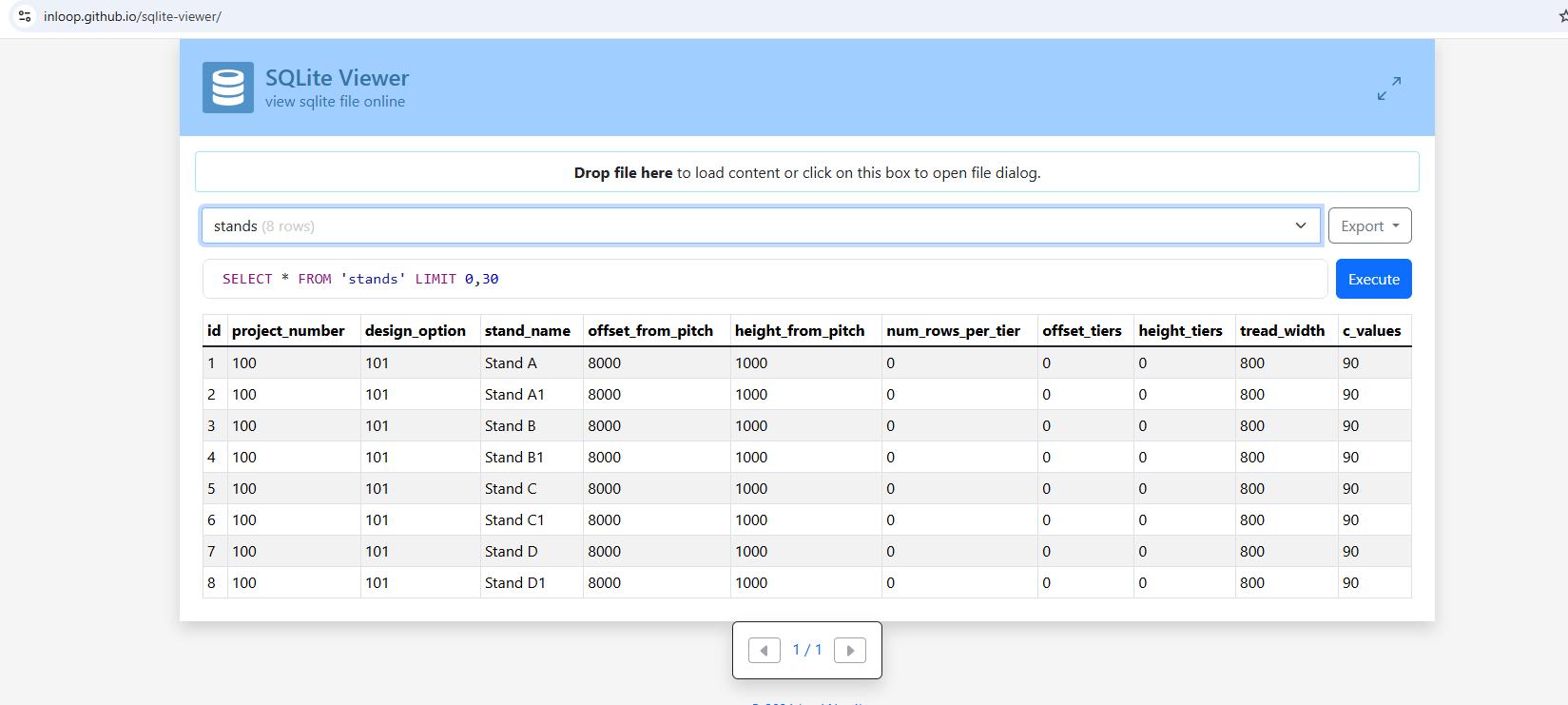
PowerBi for Data analysis

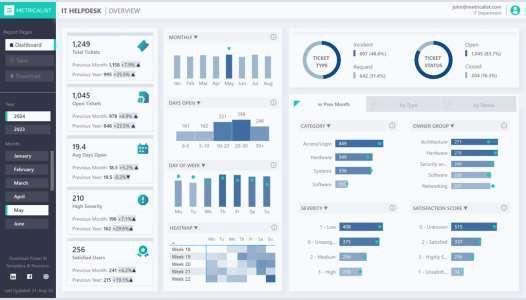
• A simple presentation for Stadium in PowerBi:
Source: Provingground
Dynamo and Revit

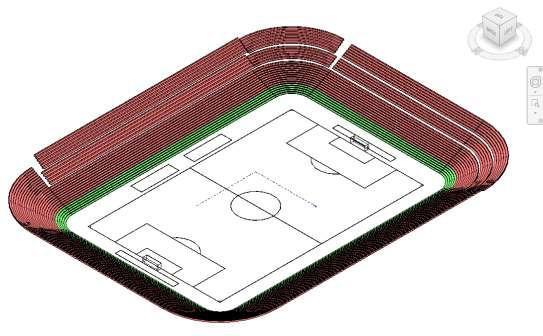
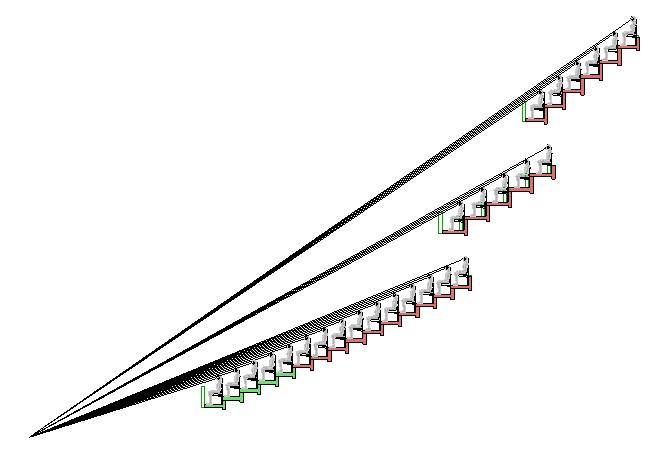

Future scope for Development
•Kiosk and Concession Stand Requirements
•Automated calculation of kiosk numbers and distribution based on FIFA guidelines for stadium capacity.
•Visualization of kiosk placements to optimize visitor flow and accessibility.
•Toilet Requirements Analysis
•Determine the number and type of toilets (male, female,unisex, and accessible) required per zone and capacity.
•Generate reports for compliance with FIFA'ssanitation and comfort standards.
•Accessibility Checks
•Integration of tools to analyze wheelchair seating distribution and accessible pathways.
•Ensure compliance with FIFA accessibility requirements.
•Highlight areas for improvement to makestadiums inclusive for all attendees.
•Fire Exit and Evacuation Analysis
•Automaticmapping of fire exits based on seating layouts and regulations.
•Recommendations for optimal exit placements to meet local and international safety standards.
•Crowd Flow Simulation
•Dynamic modeling of spectator movement within the stadium.
